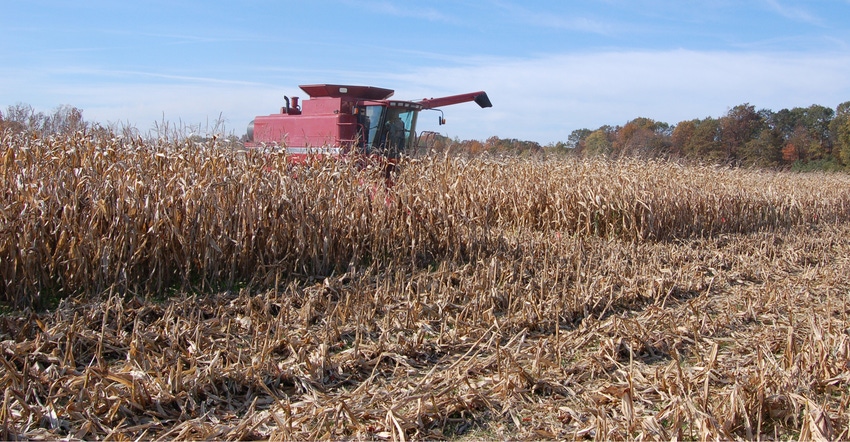January 2, 2019

We have a 10-year-old combine and run 2,800 acres each year. We were going to trade two years ago, but slim margins changed our minds. The financial picture isn’t any better now, but we put $12,500 in repairs into the combine in 2018, and lost a day and a half during harvest. Do we push the pencil harder and look for an upgrade, or consider leasing a new machine?
The Profit Planners panelists include David Erickson, farmer from Altona, Ill.; Mark Evans, Purdue University Extension educator in Putnam County, Ind.; and Steve Myers, farm manager with Busey Ag Resources, LeRoy, Ill. New to the panel is Jim Luzar of Greencastle, Ind., recently retired from Purdue Extension.
Erickson: I think you should look for some options to trade up to a newer combine. Notice I said newer; that does not mean it needs to be new. One with fewer hours and more upgrades would probably serve you well.
It seems there are good used machines in the marketplace, but do your homework in picking the one right for you. Buying from a dealer should give you more options for financing, leasing and possible maintenance agreements. An outright purchase can also be a good option if you can market your old machine.
Evans: I would consider three options. It seems wise to evaluate your current machine and consider keeping it. Was the repair early in the season or toward the end? What else makes you nervous about your current machine in terms of failing next? What would the cost be? Don’t get rid of a machine that you have fixed up and could run for a while with general maintenance when you may be trading for a bigger headache of the unknown.
Regardless, you can still push the pencil to have knowledge of what you have for options and be on the lookout for an upgrade should an opportunity arise.
If you absolutely feel you must change machines, looking for an upgrade would be my recommendation. Overall, leasing doesn’t pencil out for me when comparing equipment items. Additionally, control is lost with leasing, and too many risks are involved to not own the machine.
Luzar: Slim margins two years ago may have become even more of a concern regarding projections for 2019. If you work with a lender, evaluate this decision with feedback from your lender. The lost harvest time appears to bother you. Some adjustments in seed maturities and harvest efficiency could help offset combine repair delays. Review repair needs for 2019 operations; $12,500 is much less than typical lease payments.
Finally, is replacing the combine going to provide you the best return on investment? If capital purchases are limited for this year, evaluate which machinery upgrades make the most financial sense.
Myers: I believe the answer is yes and yes — you should strongly consider both alternatives. While I feel your repairs on a per-acre basis are not out of line, you’re asking a great deal from this machine, and you need reliability. The critical component of upgrading, as you know, is that trade-in value. If the final answer appears to be lease, what do you do with the existing machine? Do the math on those two alternatives and make the call.
You May Also Like




